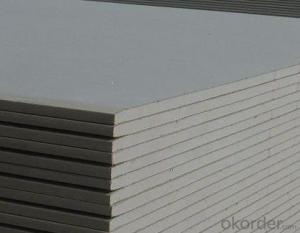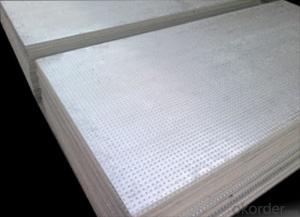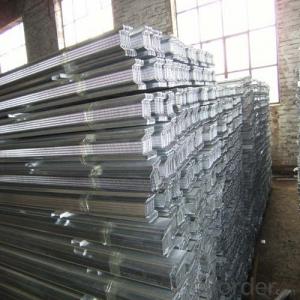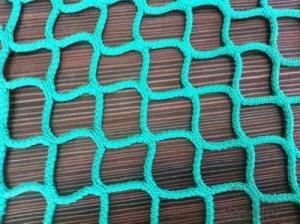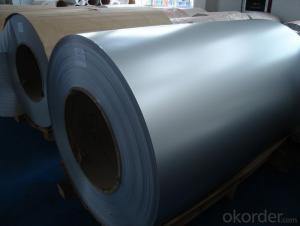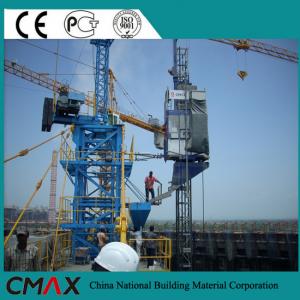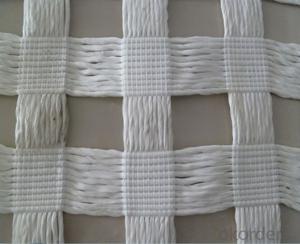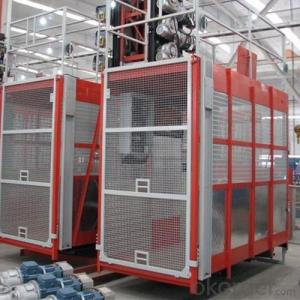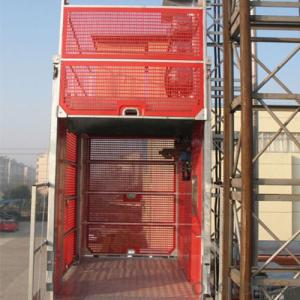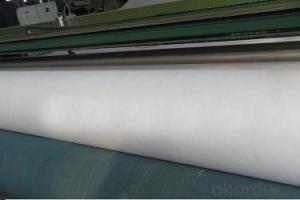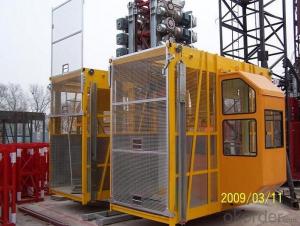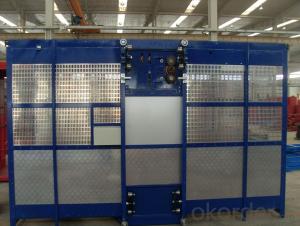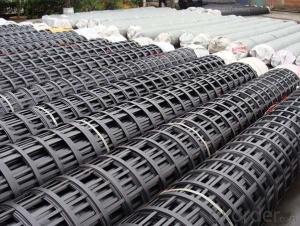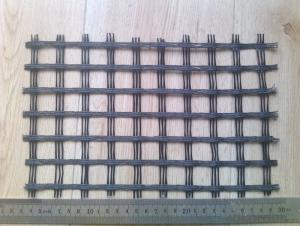Geogrid Construction
Geogrid Construction Related Searches
Heat Reflective Material For Roof Grinding Tools For Metal Marketplace For Construction Materials Metal Bar Chairs With Backs Material Stainless Steel Metal Stainless Steel Stainless Steel Drywall Screws Geomembrane In Road Construction Flexible Plastic Sheet Material 24 Gauge Galvanized Sheet MetalHot Searches
Used Foam Board Insulation For Sale Bags Of Cement For Sale Types Of Temporary Side Panels For Cement Deck Magnesium Oxide Board For Sale Hdf Board For Sale sintra board for sale Construction Staging For Sale Fiber Sheet Price In India Gypsum Board Price Per Sheet In India Fiber Roofing Sheets Price In Pakistan Types Of Scaffolding In Construction Pdf Types Of Formwork In Construction Plastic Fiber Sheet Price 5 8 Type X Gypsum Board Price Gypsum Board Price Per Sheet Twin Wall Polycarbonate Sheet Price Hardiflex Fiber Cement Board Price Gypsum Board Partition Wall Price India Extruded Polystyrene Insulation Board Price Polyurethane Insulation Board PriceGeogrid Construction Supplier & Manufacturer from China
Okorder.com is a professional Geogrid Construction supplier & manufacturer, offers integrated one-stop services including real-time quoting and online cargo tracking. We are funded by CNBM Group, a Fortune 500 enterprise and the largest Geogrid Construction firm in China.Hot Products
FAQ
- Yes, geogrids can be used in mining tailings management applications. Geogrids are commonly employed to reinforce and stabilize soil structures, including mining tailings. They can help in preventing soil erosion, providing stability to the tailings dam, and improving overall tailings management.
- Yes, geogrids can be used in the reinforcement of slopes and embankments. Geogrids are often used to improve the stability and strength of soil structures by providing reinforcement and preventing soil movement. They are effective in enhancing the load-bearing capacity of slopes and embankments, reducing soil erosion, and increasing overall stability.
- Yes, geogrids are effective in erosion control. They provide stabilization and reinforcement to soil, preventing erosion by holding it in place and distributing loads. Geogrids also improve the overall strength of the soil, making them an effective solution for erosion control in various applications such as slopes, retaining walls, and road construction.
- Geogrids are manufactured through a process known as extrusion, where high-density polyethylene (HDPE) or polypropylene (PP) materials are melted and forced through a die to create a continuous mesh-like structure. This structure is then stretched in different directions to orient the polymer molecules, giving the geogrid its strength and stiffness. The material is then cooled, cut to the desired length, and rolled into large rolls for distribution and use in various geotechnical applications.
- Geogrids improve the performance of retaining walls by providing tensile strength and reinforcement to the soil, thereby increasing the stability and load-bearing capacity of the wall. They prevent soil erosion and lateral movement, reducing the risk of wall failure. Additionally, geogrids distribute the applied loads more uniformly, minimizing differential settlement and reducing the overall stress on the retaining wall structure.
- Geogrids offer several advantages in construction projects. Firstly, they enhance the stability and strength of the soil by distributing loads and reinforcing the ground. This helps in the construction of structures on weak or unstable soil conditions. Secondly, geogrids improve the longevity of infrastructure by reducing soil erosion and preventing soil settlement. They also provide better load distribution, reducing the need for excessive excavation and backfilling. Additionally, geogrids are cost-effective as they require less material and labor compared to traditional construction methods. Overall, using geogrids in construction projects can result in improved structural integrity, increased durability, and cost savings.
- In the reinforced earth retaining wall, the geogrid is connected with the panel
- If the precast or cast-in-place concrete panel and the prefabricated block are used as the wall surface, when the utility model is manufactured, the clipping geogrid with transverse ribs is anchored to the block structure. When installed with a connecting rod like a pin. If it is anti wrap form, the lower end of the direct and the upper part of the corresponding part of the link with the connecting rod after the tension, and then fill compacted.
- Yes, geogrids can be used in the reinforcement of foundation soils. Geogrids are commonly used in civil engineering to provide soil stabilization, improve load-bearing capacity, and prevent soil erosion. By distributing the weight of the structure over a larger area and increasing the overall strength of the soil, geogrids can effectively reinforce foundation soils and enhance their stability.
